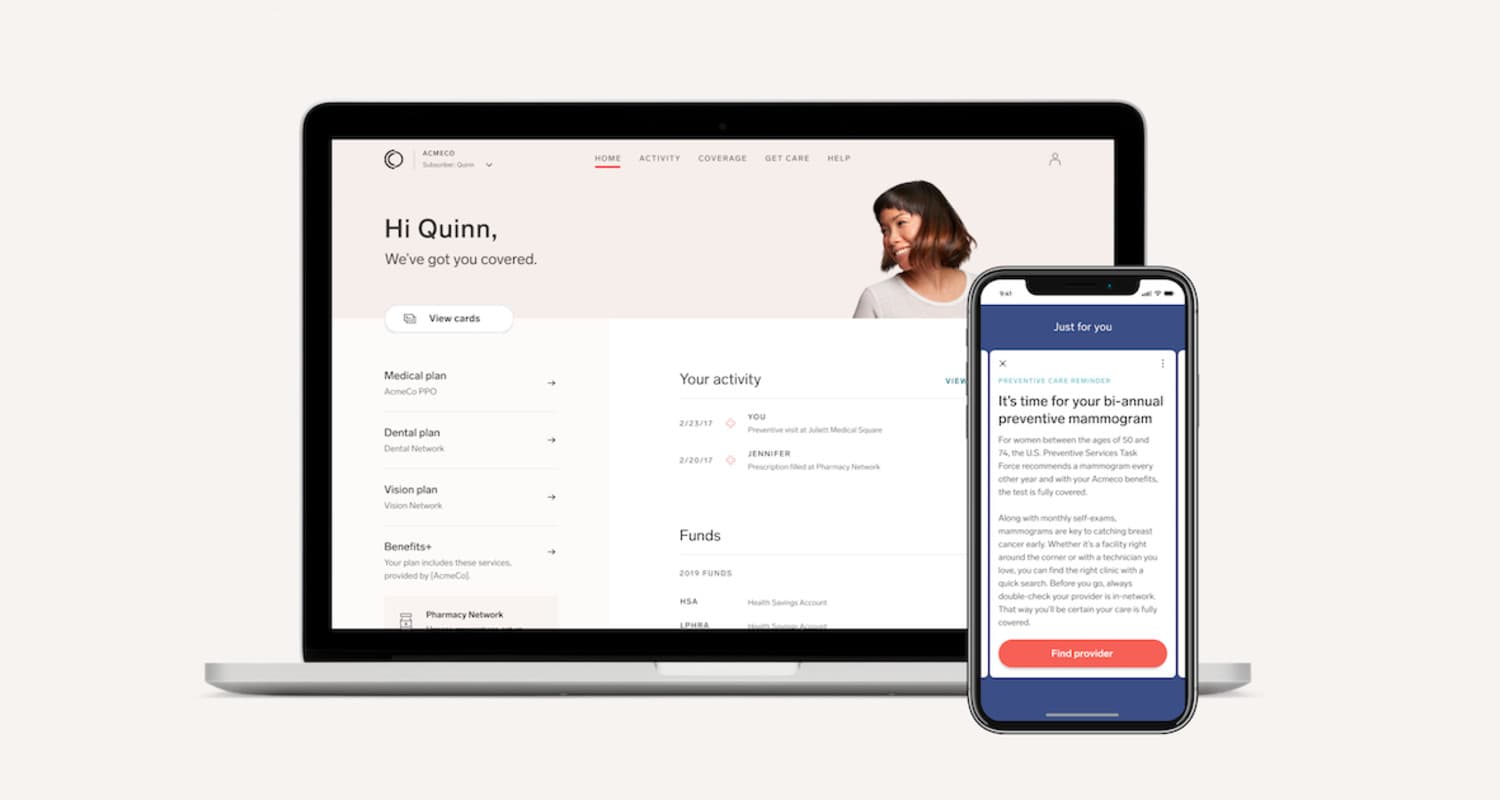Case StudyInternal Product Team: Internal Product Teams - Enhancing Product and Legal Collaboration
Collective Health, a healthcare technology company, faced significant challenges in navigating the complex regulatory landscape of the healthcare industry. The legal requirements often created barriers to design innovation, leading to products that were difficult for users to navigate and understand. This disconnect hindered the company's ability to provide a seamless and user-friendly experience for its members.

The Solution
Collective Health implemented a collaborative framework that integrated legal and design teams early in the product development process. This approach aimed to align both teams on common goals, streamline compliance, and foster innovative solutions that met regulatory requirements without compromising user experience.
- Building Trust and Understanding: The initial step involved fostering mutual trust and understanding between legal and design teams. Both sides worked to dispel stereotypes—designers as irreverent risk-takers and lawyers as risk-averse naysayers—by recognizing each other’s expertise and contributions.
- Partnering on Intent: Legal and design teams partnered on intent, focusing on what each side was trying to achieve. For designers, this meant clarifying user goals and business objectives. For legal, it involved understanding the protections and compliance requirements set by regulations. This mutual understanding helped both teams work towards common objectives.
- Collaborative Legal Requirements Documents: The teams created collaborative legal requirements documents to outline relevant laws and their intent. These documents served as a guide for designers, ensuring that regulatory considerations were integrated into the creative process from the outset.
- Frequent Collaboration: Emphasizing the need to work together early and often, legal and design teams held regular meetings and check-ins throughout the product development lifecycle. This continuous interaction helped preempt potential compliance issues and fostered a more iterative and flexible approach to product design.
Outcomes achieved
These collaborative efforts led to several positive outcomes:
- Innovative and Compliant Solutions: By understanding each other’s intents and working closely together, the teams developed innovative solutions that met both regulatory requirements and user needs. This approach allowed for more creative and user-friendly designs within the confines of legal constraints.
- Improved User Experience: The collaborative framework resulted in products that were easier for users to navigate and understand. For example, transforming complex forms into simple, intuitive interfaces significantly improved user satisfaction and adoption rates.
- Streamlined Compliance: Early involvement of legal teams ensured that compliance issues were addressed proactively, reducing the risk of last-minute changes and delays. This approach streamlined the product development process and facilitated smoother, faster launches.
- Higher Engagement and Efficiency: Regular communication and collaboration fostered a more engaged and cohesive team. Legal and design teams were better aligned, leading to more efficient workflows and a stronger sense of shared purpose.
- Successful Product Examples: One notable success was the redesign of the out-of-network claims process. By converting a cumbersome and confusing form into a straightforward digital experience, Collective Health achieved a 95% adoption rate and significantly improved its transactional Net Promoter Score (NPS).
